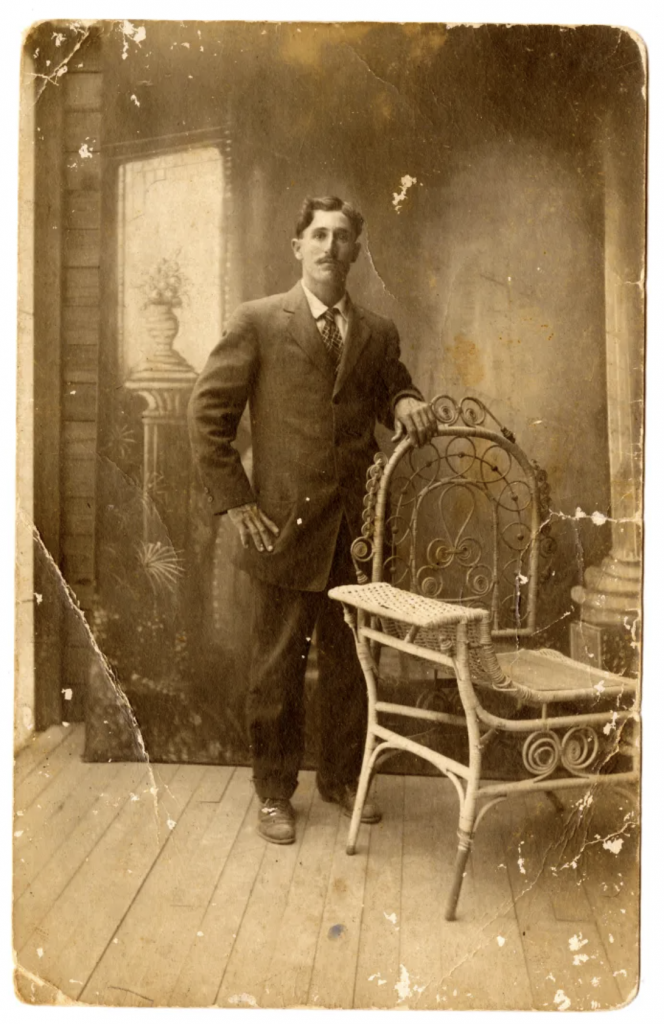The History of Racial Violence on the Mexico - Texas Border
SOME OF THE WORST RACIAL VIOLENCE IN UNITED STATES HISTORY TOOK PLACE ALONG THE MEXICO-TEXAS BORDER FROM 1910 TO 1920
The dead included women and men, the aged and the young, long-time residents and recent arrivals. They were killed by strangers, by neighbors, by vigilantes and at the hands of local law enforcement officers and the Texas Rangers. Some were summarily executed after being taken captive, or shot under the flimsy pretext of trying to escape. Some were left in the open to rot, others desecrated by being burnt, decapitated, or tortured by means such as having beer bottles rammed into their mouths. Extralegal executions became so common that a San Antonio reporter observed that “finding of dead bodies of Mexicans, suspected for various reasons of being connected with the troubles, has reached a point where it creates little or no interest. It is only when a raid is reported or an American is killed that the ire of the people is aroused.”
Terror spread far beyond the ranks of those killed. “One or more of us may have incurred the displeasure of some one, and it seems only necessary for that some one to whisper our names to an officer, to have us imprisoned and killed without an opportunity to prove in a fair trial, the falsity of the charges against us,” pleaded residents of Kingsville in a telegram to President Woodrow Wilson in 1916. “[S]ome of us who sign this petition, may be killed without even knowing the name of him who accuses. Our privileged denunciators may continue their infamous proceedings — answerable to no one.”
Far from being surreptitious, the violence was welcomed, celebrated, and even instigated at the highest levels of society and government. As thousands fled to Mexico and decapitated bodies floated down the Rio Grande, one Texas paper spoke of “a serious surplus population that needs eliminating.” Prominent politicians proposed putting all those of Mexican descent into “concentration camps” – and killing any who refused. For a decade, people would come across skeletons in the south Texas brush, marked with execution-style bullet holes in the backs of their skulls.

